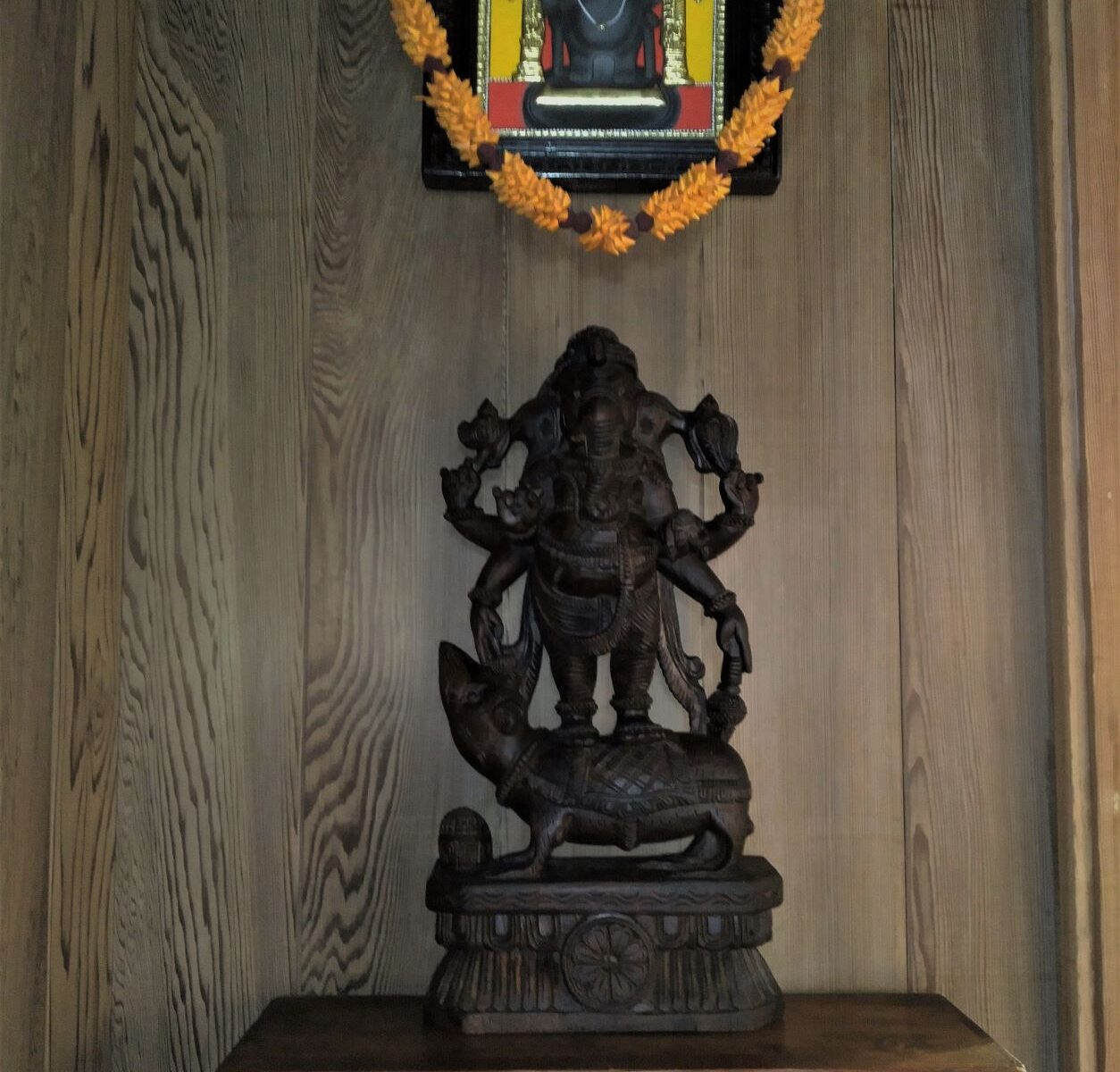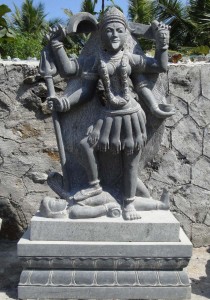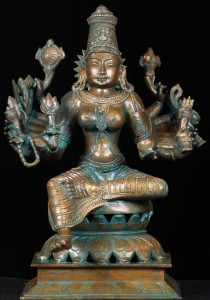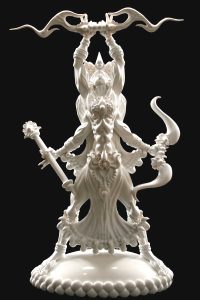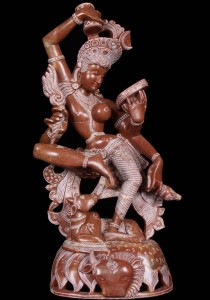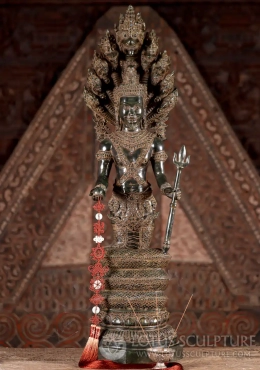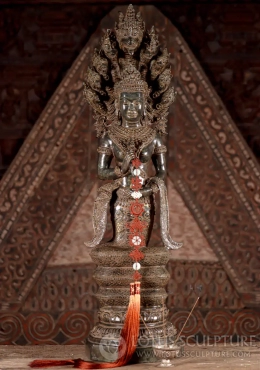Ganesh, also known as Shri Ganapati, is one of if not the most popular of all Hindu deities. He’s worshiped and honored regardless of Hindu denomination. So much so, his reverence spreads to even Buddhists and Jains alike. Being the patron of arts & science, remover of obstacles, keeper of wisdom, and lord of beginnings, it’s hard to not like him! Ganesha can be found in just about every Hindu shrine due to these attributes, so here are the most important things to keep in mind when placing your Ganapati murti!
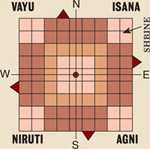
- Where to place the Murti in home
Most are not aware, but there are specific places one may place the Ganapati Murti in order to strengthen the vibrations of bliss and success. It is ideal to seat the Murti in the northeasternmost part of the home. If any other murtis are present, it is most proper for Ganesh to be seated to the right-hand side of these murtis if he is not to be the center of the mandir. According to the Vastu Shastra(traditional Vedic architecture), this positioning aids with the flow of chakra in the temple. It is also extremely common to have a small picture or idol of Ganesh next to or above the entryway of the home &|or puja room as it is said this acts as a blessing for those coming and going.
- The posture of the Murti
Ganesha murtis come in many postures, & each gives off an entirely different vibration for a completely different purpose. The most common type is the sitting or meditating position. This posture is called lalitasana. Sometimes rather than having both legs folded, one leg will be on the ground while the other rests upon his vahana(his mouse). This denotes that he is concerned with earthly affairs & is here to aid his followers and remove obstacles while his meditating pose where both legs are folded creates an atmosphere of calm and determination. His dancing or standing posture is for those seeking a creative, energetic, & artistic atmosphere. His sitting postures are best for the home while his standing postures are best for work environments.
- Position of the Trunk
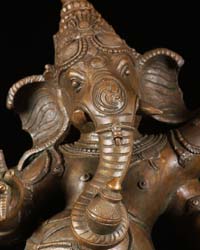 This is a key aspect of Ganesh murtis that is often overlooked but should never be! When purchasing a Ganapati murti, be very very choosy. The trunk is the most important aspect of this specific murti. There are three main styles: Vamamukhi, Dakshinmukhi murti, and Shushumna. Vamamukhi trunks hang to the left & are the easiest to please and are associated with calmness, success, & happiness. They are also sometimes called Vastu Ganesh because he is perfect for solving vastu related issues. Whereas, Dakshinmukhi murti trunks hang to the right. It is believed that the sun’s energy flows through this murti’s trunk & because of this, owning one is not recommended as they require special care as per Vedic tradition. If one worships this murti properly, it is said to grant immediate results & moksha(liberation from reincarnation); however, if one doesn’t follow the proper tradition then it is said that all the good results gained from the worship are burned away by the sun’s energy. The final kind is called Shushumna. With trunks hanging down straight, these statues are rather rare and considered extremely auspicious.
This is a key aspect of Ganesh murtis that is often overlooked but should never be! When purchasing a Ganapati murti, be very very choosy. The trunk is the most important aspect of this specific murti. There are three main styles: Vamamukhi, Dakshinmukhi murti, and Shushumna. Vamamukhi trunks hang to the left & are the easiest to please and are associated with calmness, success, & happiness. They are also sometimes called Vastu Ganesh because he is perfect for solving vastu related issues. Whereas, Dakshinmukhi murti trunks hang to the right. It is believed that the sun’s energy flows through this murti’s trunk & because of this, owning one is not recommended as they require special care as per Vedic tradition. If one worships this murti properly, it is said to grant immediate results & moksha(liberation from reincarnation); however, if one doesn’t follow the proper tradition then it is said that all the good results gained from the worship are burned away by the sun’s energy. The final kind is called Shushumna. With trunks hanging down straight, these statues are rather rare and considered extremely auspicious.

